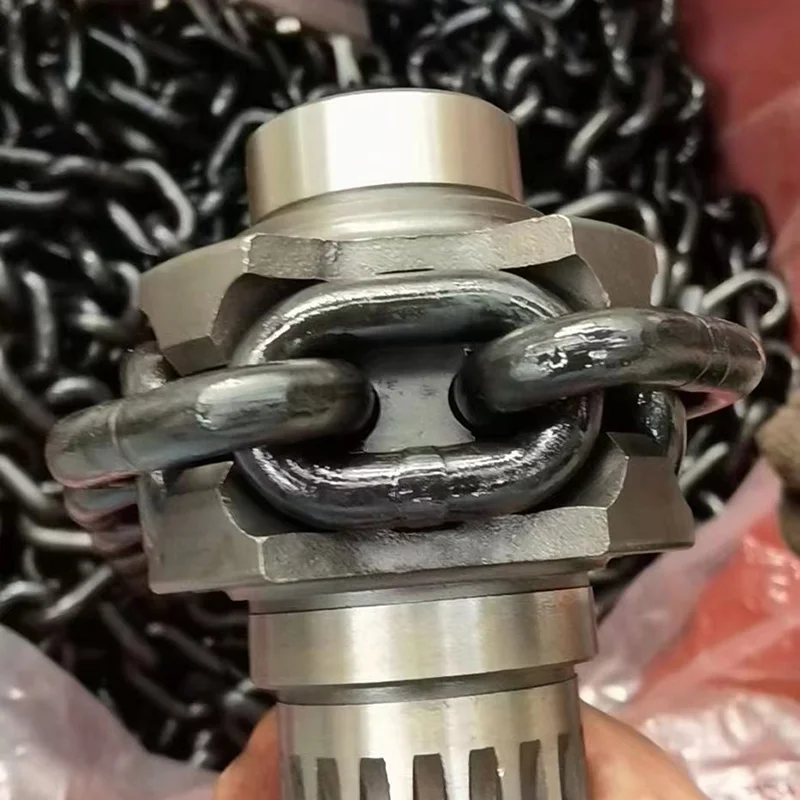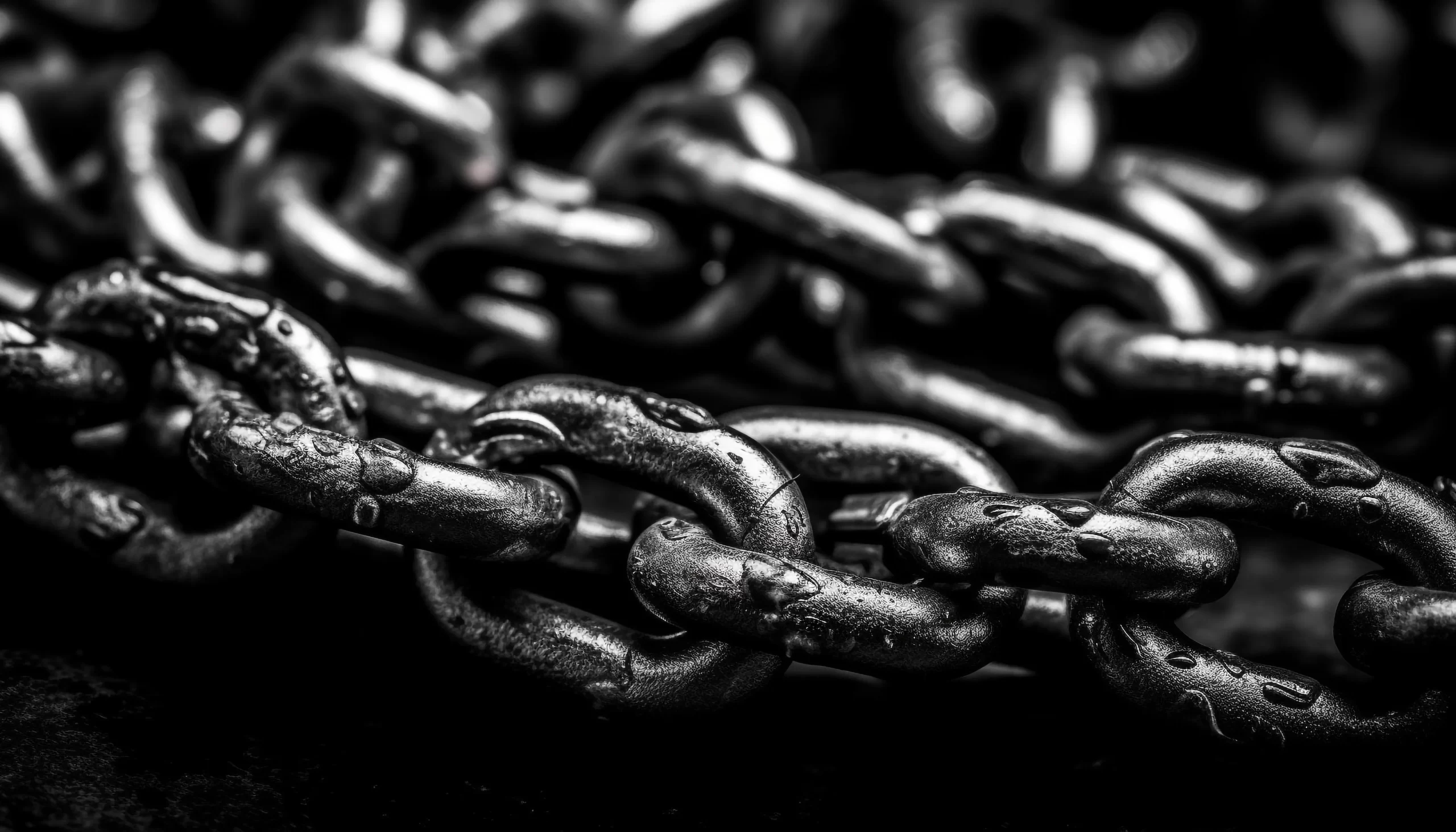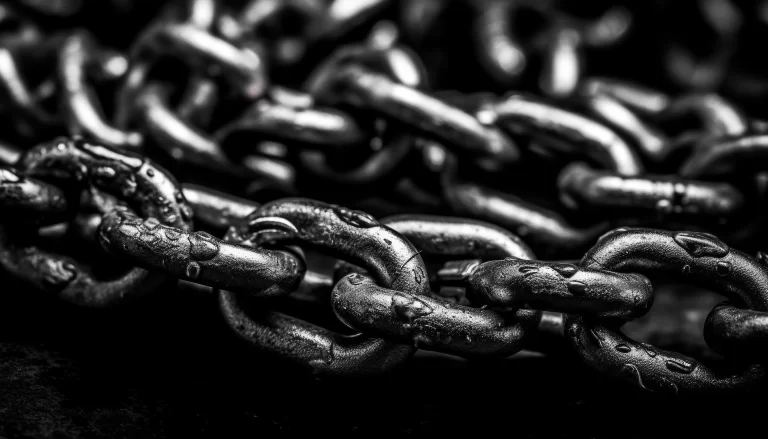Lifting chains are vital tools in many industries. They help lift, pull, and secure heavy items safely. Whether you work in building, making products, or moving goods, picking the right chain matters. You need the correct material, size, and strength for your job. This guide explains lifting chains clearly. It covers their materials, how to figure out their weight, and how to care for them. You’ll also learn why APOLLO’s lifting chains are strong and reliable for different tasks.
Understanding Lifting Chains and Their Uses
What Are Lifting Chains Used For in Industrial Settings?
Lifting chains are key in tough jobs. They lift, pull, and hold heavy items in places like construction sites, factories, transport hubs, and storage areas. These chains are strong and dependable. They make work safer and faster. For example, they hoist big machines or secure loads on trucks. Their solid design handles heavy tasks well.
What Materials Make Lifting Chains?
The material of lifting chains affects how well they work. High-quality alloy steel is a top choice. It’s strong and lasts a long time. Some chains use Grade 80 or Grade 100 steel. These types can carry heavy loads. Stainless steel is great for places with water or chemicals, like ships or factories. The right material depends on your job and workplace.

What Affects a Chain’s Weight?
Several things decide how heavy a chain is. The material’s density, the chain’s size, and the type of links matter. For instance, short-link chains are heavier per meter than long-link ones. That’s because they’re packed tighter. Also, high-grade alloy steels are denser than lighter materials, making the chain heavier.
Calculating the Weight of Lifting Chains
How Do Chain Sizes Affect Weight?
A chain’s size changes its weight. The link’s thickness, or diameter, and the chain’s length are key. A thicker chain weighs more per meter than a thin one. A longer chain also gets heavier as it grows in length. Both factors add up to the total weight.
Why Are Diameter and Length Important?
When picking lifting chains, think about diameter and length. They affect weight and how much the chain can carry. A thick chain holds more weight but might be too heavy for small jobs. Choose wisely to match your needs.
How Does Material Density Change Weight?
The material’s density plays a big role. Alloy steel is denser than lighter materials like aluminum. This makes steel chains heavier but much stronger. They’re great for tough jobs where strength is critical.
Are There Ways to Estimate Chain Weight?
Yes, you can estimate a chain’s weight with a formula. Multiply the chain’s volume by its material density. The formula is:
Weight = Volume × Material Density
Here’s how it works:
- Volume: Figure this out using the link’s size (diameter × length × number of links).
- Material Density: Check manufacturer details or industry guides.
This formula helps you pick a chain that fits your job without being too heavy.
Selecting the Right Lifting Chain for Your Needs
How Do You Check Load Needs and Safety Rules?
To choose a lifting chain, look at your load needs and follow safety rules. The Working Load Limit (WLL) shows the maximum weight a chain can handle safely. Make sure the WLL is higher than your heaviest load. This keeps things safe.
What About Safety Factor Tips?
A safety factor adds extra protection. For most jobs, a 4:1 or 5:1 safety factor is good. This means the chain’s breaking strength is four or five times the WLL. It gives you a buffer for safety.
How Do You Match Chains to Your Job?
Picking the right chain means thinking about your workplace. Consider the environment, how often you use the chain, and if it needs to move easily. Here are examples:
- Marine Jobs: Use stainless steel chains. They resist rust from water.
- Heavy Tasks: Grade 100 alloy steel chains are strong but not too heavy.
- Precise Work: Short-link chains stretch less, making them great for careful tasks.
For special needs, like rust-proof coatings, try options like Kawasaki Lifting G80 Chain. Matching the chain to your job ensures it works well.
APOLLO’s Range of Lifting Chains: Features and Recommendations
APOLLO makes top-notch lifting chains. They’re built with care and meet high safety standards. These chains work well in many industries, from construction to shipping.
Key Benefits of APOLLO’s Lifting Chains
Strong Materials and Long-Lasting Design
APOLLO’s lifting chains are made from high-strength alloy steel. This gives them great power to handle heavy loads. They meet T8 Class standards with a breaking strength of 800mpa. These chains last a long time, even in tough conditions. Their sturdy build reduces wear, so you replace them less often.
Meeting Industry Rules
Safety is critical in lifting. APOLLO’s chains follow strict global standards, like ISO9001 and CE certifications. Each chain is tested in the factory to ensure it’s safe. This means you can trust them to work well in any situation.
Recommended APOLLO Products for Different Jobs
Heavy-Duty Industrial Use
For big jobs needing extra strength, APOLLO’s Grade 100 alloy steel lifting chains are perfect. They have a great strength-to-weight balance. These chains suit construction or factory work. They handle heavy loads safely.
Lightweight Applications
For jobs where weight matters, APOLLO’s short-link chains are ideal. They stretch less under pressure, making them great for precise tasks like securing goods in warehouses or trucks.
Maintenance and Handling of Lifting Chains
How to Inspect Chains for Safety
Checking lifting chains regularly keeps them safe. Look for signs of damage, like stretching, cracks, or rust. Test the chain against its WLL to ensure it’s still strong. If you see any issues, replace the chain right away to avoid accidents.
Storage Tips to Make Chains Last Longer
Storing chains properly helps them last. Keep them in a dry place, away from water or chemicals that cause rust. Use racks or hooks to keep chains neat and untangled. Add lubricant often to reduce friction and keep the chain moving smoothly.
FAQs
Q1: How do I figure out a lifting chain’s weight?
A: Multiply the chain’s volume by its material density. Use the formula: Weight = Volume × Material Density.
Q2: What safety factor should I use for lifting chains?
A: A 4:1 or 5:1 safety factor is best for most jobs.
Q3: Can I customize a lifting chain for my needs?
A: Yes, you can get chains with special coatings, like galvanization, for your specific job.


